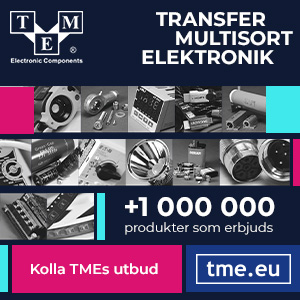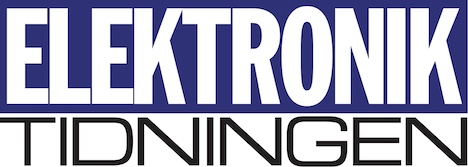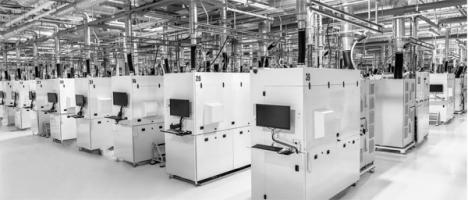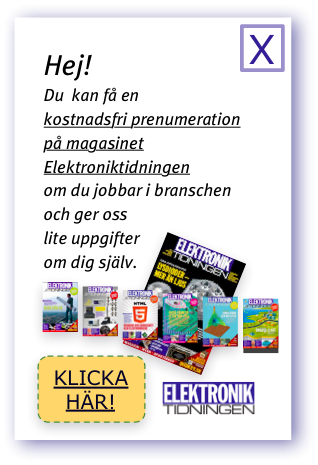"With this sensor, in principal all substances with an antibody can be detected," says Andrea Prieto Astalan, PhD student at Imego.
Antibodies are attached to small magnetic clusters of iron oxide particles in a liquid. The liquid is held in containers placed in an induction coil with an applied current varying in frequency between 1Hz and 1MHz. The inductance is affected by the movement of the magnetic particles in the liquid.
"We are measuring how easy it is to get particles to rotate in the liquid," explains Andrea Prieto Astalan.
The size of the particle determines the speed at which it rotates. A larger particle is slower than a smaller one. This means that if a test sample added to the liquid contains substances responding to the antibodies used for coating the particles, these will grow due to the substances attaching themselves to antibodies, and then their movement will be slowed.
So far, the biosensor can only give a qualitative test result, but in the future Andrea Prieto Astalan hopes to make quantitative measurements possible.
Gittan Cedervall


































